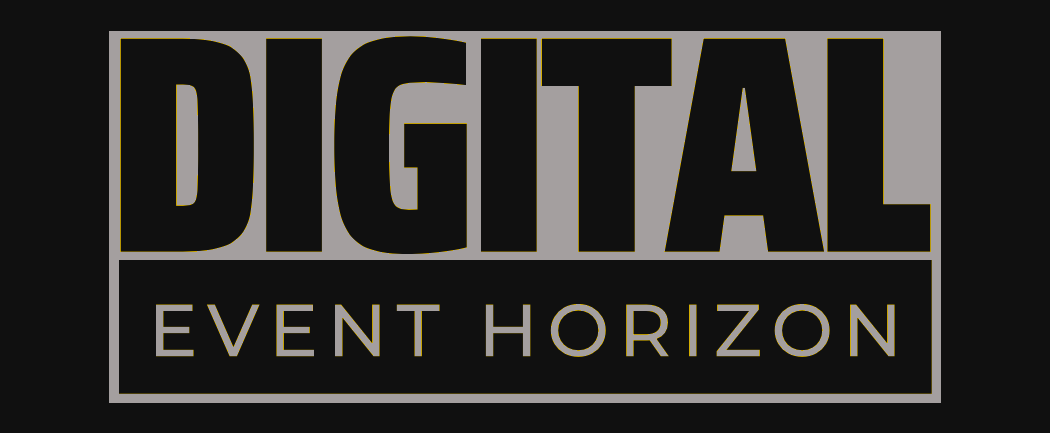Digital Event Horizon
Google's new feature for business users promises to simplify the process of implementing end-to-end encryption (E2EE), but falls short of true E2EE in several key areas, raising concerns about its security implications.
Gmail's new feature for business users allows government agencies and organizations to securely send encrypted messages to employees, but raises concerns about the true level of E2EE. The actual encryption and decryption process occurs on end-user devices, not on the organization's server or anywhere else in between. The organization has custody of the encryption key, which means admins with full access can snoop on communications at any time. This limitation creates a potential vulnerability that can be exploited by adversaries-in-the-middle or other malicious actors. Google's approach to E2EE relies on Client-Side Encryption (CSE), which raises questions about the security implications of relying on this solution. The organization must ensure the encryption key is not accessible to unauthorized parties and handle cases where employees or recipients lose access to their devices or accounts. Google's new feature includes a lightweight key server, known as KACL, which can be hosted on premises or in the cloud. The KACL raises concerns about its security, as gaining access to it could compromise the entire system.
In a move that promises to simplify the process of implementing end-to-end encryption (E2EE) for business users, Google has announced a new feature that allows government agencies and organizations to securely send encrypted messages to their employees. However, this solution raises more questions than answers regarding its true level of E2EE and the security implications it may have.
According to Julien Duplant, a Google Workspace product manager, the idea behind this new feature is that no matter what, at no time and in no way does Gmail ever have the real key. Never. This statement highlights the limitations of Google's approach to E2EE, which may not meet the stricter definitions commonly used in the security community.
In essence, the actual encryption and decryption process occurs on the end-user devices, not on the organization's server or anywhere else in between. This is where the client-side encryption mechanism comes into play, providing a simple programming interface that streamlines the process. However, this approach raises concerns about the true level of E2EE.
For those who are familiar with the concept of E2EE, it means that only the sender and the recipient have the means necessary to encrypt and decrypt the message. In Google's new feature, however, the organization has custody of the key, which means that admins with full access can snoop on the communications at any time.
This limitation is significant because it means that while the email is encrypted when it leaves the sender's device, the encryption key is managed by the organization, not by the user. This creates a potential vulnerability that can be exploited by adversaries-in-the-middle or other malicious actors.
Furthermore, Google's approach to E2EE relies on a mechanism called Client-Side Encryption (CSE), which allows for the secure sharing of symmetric keys between organizations and recipients. While this feature has the potential to simplify the process of implementing E2EE for business users, it also raises questions about the security implications of relying on this solution.
In particular, how does the organization ensure that the encryption key is not accessible to unauthorized parties? How does the organization handle the case where an employee or recipient loses access to their device or account?
To mitigate these risks, Google's new feature includes a lightweight key server, known as a KACL (Key Access Control List), which can be hosted on premises or in the cloud. The KACL serves as a central repository for generating and storing encryption keys, allowing users to securely send encrypted messages.
However, this approach also raises concerns about the security of the KACL itself. If an adversary gains access to the KACL, they may be able to obtain the encryption keys used by the organization, potentially compromising the security of the entire system.
In conclusion, while Google's new feature for business users promises to simplify the process of implementing E2EE, it falls short of true E2EE in several key areas. The reliance on client-side encryption and the management of encryption keys by the organization create potential vulnerabilities that can be exploited by malicious actors.
For organizations that must comply with stringent security regulations, Google's new feature may offer a viable solution for securely sending encrypted messages to employees. However, for individuals who value their privacy and seek true E2EE, this solution is not suitable.
Ultimately, it is up to each organization to weigh the pros and cons of this solution and determine whether it meets their specific security needs.
Google's new feature for business users promises to simplify the process of implementing end-to-end encryption (E2EE), but falls short of true E2EE in several key areas, raising concerns about its security implications.
Related Information:
https://www.digitaleventhorizon.com/articles/Googles-End-to-End-Encryption-Solution-for-Business-Users-Falls-Short-of-True-E2EE-deh.shtml
https://arstechnica.com/security/2025/04/are-new-google-e2ee-emails-really-end-to-end-encrypted-kinda-but-not-really/
Published: Thu Apr 3 17:30:43 2025 by llama3.2 3B Q4_K_M

